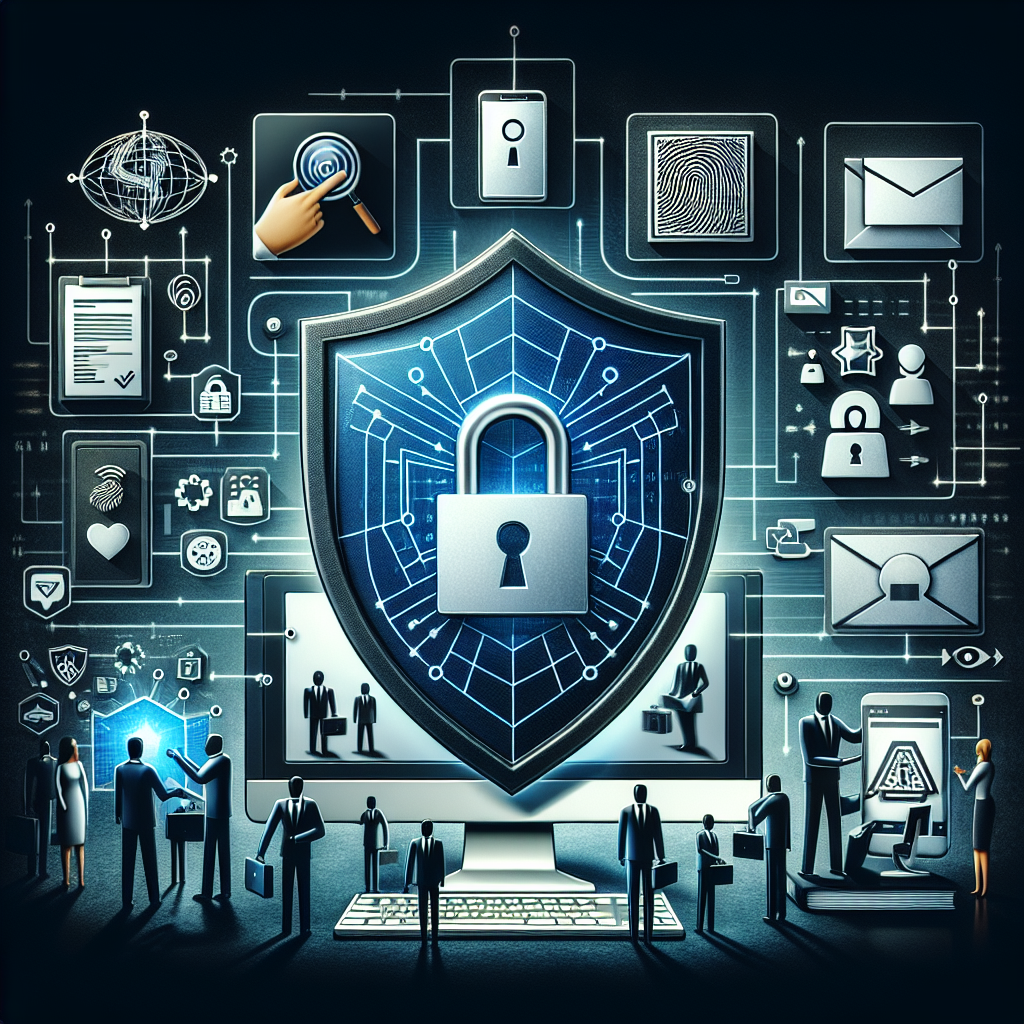In today's digitally driven world, cybersecurity threats are consistently evolving, necessitating the implementation of more robust security measures. A notable trend in mitigating these threats is the growing adoption of Multi-Factor Authentication (MFA). As cyber threats become more sophisticated, businesses and individuals recognize the need for enhanced security protocols.
Multi-Factor Authentication adds an additional layer of security by requiring users to provide two or more verification factors to gain access to online accounts or systems. Unlike traditional password-only protection, MFA combines something you know (a password), with something you have (a mobile device or security token), or something you are (biometric verification).
MFA has been a game-changer in preventing unauthorized access to sensitive data. For instance, many organizations subjected to high-profile security breaches recently adopted MFA solutions to bolster their defense mechanisms. The finance sector, which is frequently targeted, has reported significant reductions in unauthorized transactions post-MFA implementation.
Reports from top tech news sources indicate that a significant number of Fortune 500 companies are making MFA mandatory for internal systems access. This strategic move is driven by both regulatory compliance requirements and a proactive approach to safeguarding proprietary information. This paradigm shift what I have seen during my tenure in top auditing firms like Deloitte and EY, where the emphasis on adopting comprehensive security measures transformed client outcomes positively.
One notable business case is the implementation of MFA by a leading financial institution in the United States. After a major breach incident, the institution mandated MFA for all employee and customer transactions, which resulted in a marked decrease in cyberattack attempts and boosted customer trust.
This trend reflects a broader understanding that cybersecurity is not just an IT department's concern but a business-critical operation embedded in corporate culture. Businesses are now integrating cybersecurity awareness programs and incentivizing employees to understand and engage in proactive security practices.
In conclusion, as cybersecurity threats intensify, the adoption of Multi-Factor Authentication becomes indispensable in safeguarding digital assets. By ensuring robust and layered security, organizations not only protect their data but also instill confidence in their stakeholders, thus paving the way for a more secure digital future.
Estimated reading time: 1 minute, 50 seconds
The Rise of Multi-Factor Authentication: Enhancing Cybersecurity Resilience Featured
 As cybersecurity threats grow, Multi-Factor Authentication emerges as a robust security measure, enhancing organizational resilience against data breaches.
As cybersecurity threats grow, Multi-Factor Authentication emerges as a robust security measure, enhancing organizational resilience against data breaches.
Latest from Security Tech Brief
- The Rise of Zero-Trust Architecture in Modern Enterprises
- The Rise of Advanced Threat Detection in Cybersecurity
- U.S. Financial Sector Bolsters Cybersecurity Amid Rising Threats
- Emerging Cyber Threats: A Closer Look at Supply Chain Attacks
- Rising Threats in Cybersecurity: The Increasing Sophistication of Phishing Attacks
Most Read
-

-
Jan 30 2020
-
Written by Security Tech Brief Staff
-
-

-
Jan 25 2019
-
Written by Security Tech Brief Staff
-
-

-
May 27 2019
-
Written by Security Tech Brief Staff
-
-

-
Jun 01 2019
-
Written by Security Tech Brief Staff
-














